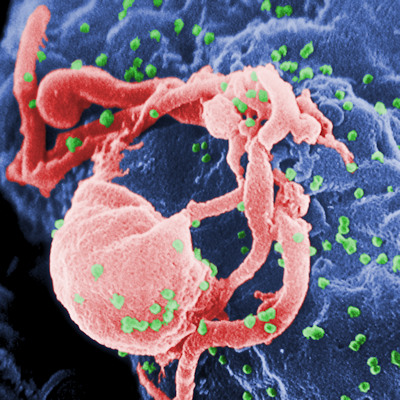 Computational approach predicts effectiveness of bNAb combinations to treat HIV
Computational approach predicts effectiveness of bNAb combinations to treat HIV
Researchers have developed a computational approach to predict the effectiveness of broadly neutralizing antibodies (bNAbs) combinations to treat HIV based on the genetics of the virus. Read More
 Scientists identify what flips switch to activate retron’s toxins to prevent viral spread
Scientists identify what flips switch to activate retron’s toxins to prevent viral spread
European Molecular Biology Laboratory researchers have identified what flips the switch to activate a retron’s toxins to prevent a viral spread, using genetics, proteomics, and bioinformatics. Read More
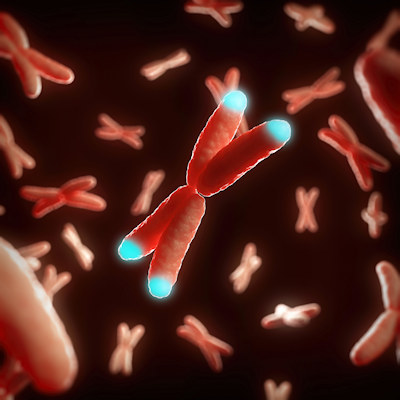 Researchers reveal new function of ADAR1 enzyme, linked to age-related diseases
Researchers reveal new function of ADAR1 enzyme, linked to age-related diseases
Scientists from the Wistar Institute have revealed a new function of the adenosine deaminase acting on RNA 1 (ADAR1) enzyme, linking it to age-related diseases independent of RNA editing during aging. Read More
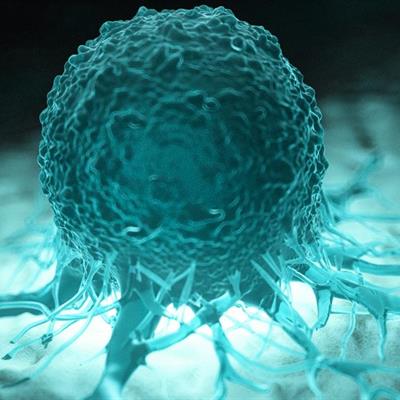 Wisc. researchers unearth secrets of talin
Wisc. researchers unearth secrets of talin
Researchers from the University of Wisconsin-Milwaukee have built a tool to investigate the mechanical response of the R8 rod domain of talin. They found under various force cycles, the R8 domain of talin can display a memory-dependent behavior. Read More
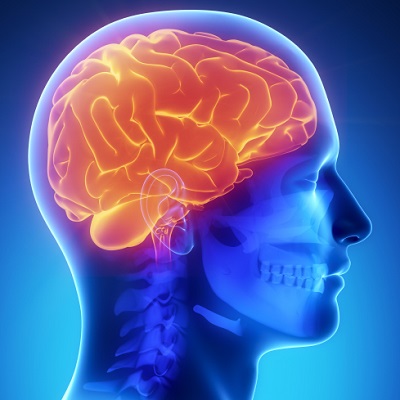 Scientists better understand interneurons and their role in autism
Scientists better understand interneurons and their role in autism
New research identifies specific cells that regulate the transmission of information between brain areas and could form the basis for development of new treatment options for neuropsychiatric disorders such as schizophrenia and autism. Read More
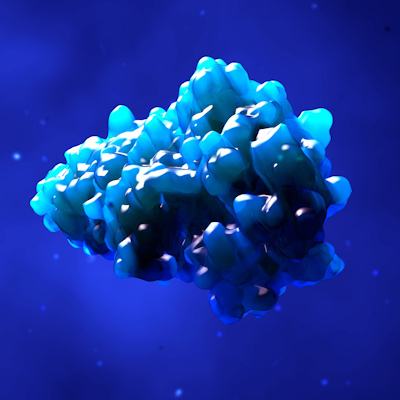 Proteins need to ‘dance’ to function properly
Proteins need to ‘dance’ to function properly
Proteins need to wobble, shake, and quiver to function properly, Johns Hopkins Medicine researchers found. The discovery may help scientists design new drugs that can modify or disrupt the “dances” of proteins to alter their functions. Read More
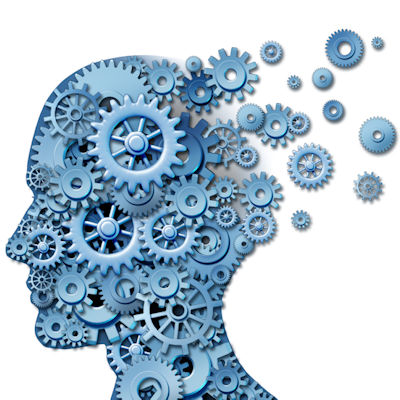 Whole blood exchange reduces formation of amyloid plaque in brains of mice
Whole blood exchange reduces formation of amyloid plaque in brains of mice
University of Texas Health Science Center at Houston researchers performed a series of whole blood exchange treatments to partially replace blood from mice and were able to reduce the formation of amyloid plaque in their brains, which may offer a therapy for Alzheimer’s disease, they contend. Read More
 U.K.-Swiss team uncovers poxvirus immunosuppressing protein mechanisms
U.K.-Swiss team uncovers poxvirus immunosuppressing protein mechanisms
Poxviruses infect a host by delivering a package of proteins that directly interferes with the body’s immune system even before it has begun to replicate, using proteins specifically designed to target key components of a host’s immune response, according to research published in PLOS Pathogens. Read More
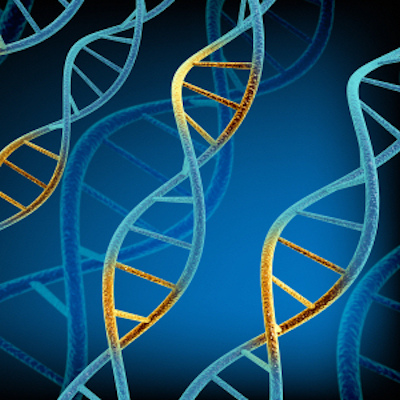 Mouse DNA methylation array seeks to accelerate high-sample-throughput studies
Mouse DNA methylation array seeks to accelerate high-sample-throughput studies
Scientists have developed a mouse DNA methylation array that contains more than 296,000 probes and a murine methylome atlas of 1,239 diverse cell types, strains, ages, and pathologies, giving researchers an in-depth view into the basis of health and disease in this important model organism. Read More
 Biochemical pathway leads to inflammation characteristic of autoimmune disease: study
Biochemical pathway leads to inflammation characteristic of autoimmune disease: study
Researchers from the University of California, San Diego School of Medicine, along with colleagues from other institutions, have described the biochemical pathway that leads to inflammation characteristic of autoimmune diseases, which they contend could lead to new anti-inflammatory therapies. Read More
Member Rewards
Earn points for contributing to market research. Redeem your points for merchandise, travel, or even to help your favorite charity.
Research Topics
Interact with an engaged, global community of your peers who come together to discuss their work and opportunities.
Connect
Tweets by @ScienceBoard



